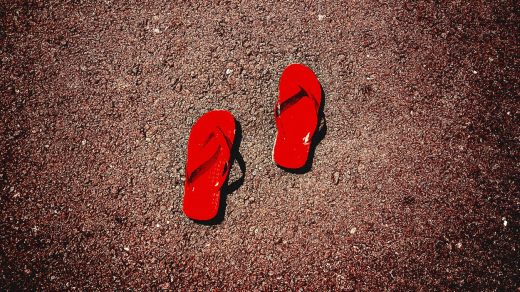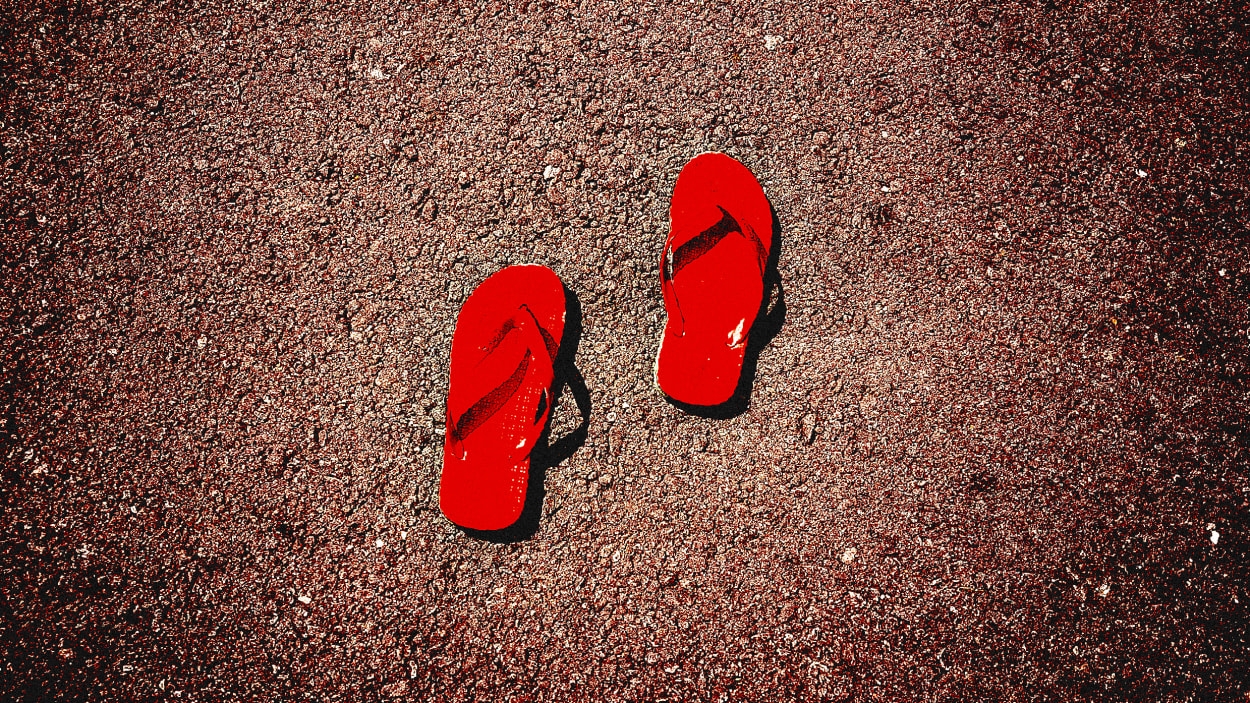In Arizona’s extreme heat, just touching the asphalt can cause severe burns
Arizona has been facing a heat wave so extreme that Phoenix has broken multiple heat records, several wildfires are burning across the state, and people are getting severe, potentially life-threatening burns from just touching the ground.
During extreme heat, studies have shown that asphalt can be 40 to 60 degrees hotter than the temperature of the air; the Arizona Burn Center at Valleywise Health says outdoor surfaces can reach as high as 180 degrees Fahrenheit. Phoenix has seen temperatures above 110 degrees Fahrenheit for 24 consecutive days as of Sunday, July 23, shattering heat records.
That extended heat has led to a surge in emergency room visits for burns. Dr. Kevin Foster, director of burn services at the Arizona Burn Center, told CNN that although summers are usually busy for burns, the past few weeks have been “really unusual,” both in terms of the number of patients coming in and the severity of their injuries. CNN reported on Monday that all 45 of the burn center’s beds were full, and that a third of those patients received their burns from falling on the ground. Patients burned after falls are also filling up the ICU.
In June, the burn center released a report titled “Streets of Fire,” which touched on the dangers of extreme heat, looking at burns from 2022. That year, the burn center recorded 85 patient admissions from heat-related burns in June, July, and August. Seven of those patients died from their injuries.
And even if patients weren’t incurring large burns on their body, they were still seriously ill; some came to the center with body temperatures exceeding 108 degrees Fahrenheit, and others needed ICU care and even mechanical ventilation—common for patients who develop respiratory failure. On average, per that report, patients needed to be hospitalized for 16 days.
“The Arizona Burn Center treats an alarming number of patients with life-threatening burns from Arizona’s extreme heat,” Foster said in a statement for that report. Deep burns can happen with only “brief contact” with surfaces such as asphalt or concrete, but when someone can’t quickly get up or stop touching hot pavement, the injuries could be even more severe. If someone is on asphalt for 10 to 20 minutes, for example, “the skin is completely destroyed,” Foster told CNN. Extensive burns from prolonged contact often require skin-grafting surgery.
Babies, young children, and seniors are especially vulnerable to serious burns from hot surfaces. Pets are also at risk of getting burned from walking on scorching pavement. But objects like seat belts, steering wheels, and even garden hoses can also heat up in the sun and pose a burn risk. On top of that, high temperatures can cause heat exhaustion, even heat stroke. Every year, nearly 3,000 people visit emergency rooms in Arizona due to heat-related illnesses, according to the state’s department of health services; and between 2011 and 2021, heat exposure caused more than 2,700 deaths.
Already this summer, there have been 18 confirmed heat-related deaths in the Phoenix metro area, Arizona Governor Katie Hobbs noted in a letter about heat wave preparedness plans; at least 69 additional such deaths were suspected, but not confirmed.
Those who work outside are especially vulnerable to heat-related illnesses. Last week, the Arizona Division of Occupational Health and Safety announced a new program meant to mitigate heat-related illnesses at workplaces, including by doing unannounced inspections to make sure employers are providing enough shade and water.
(11)



